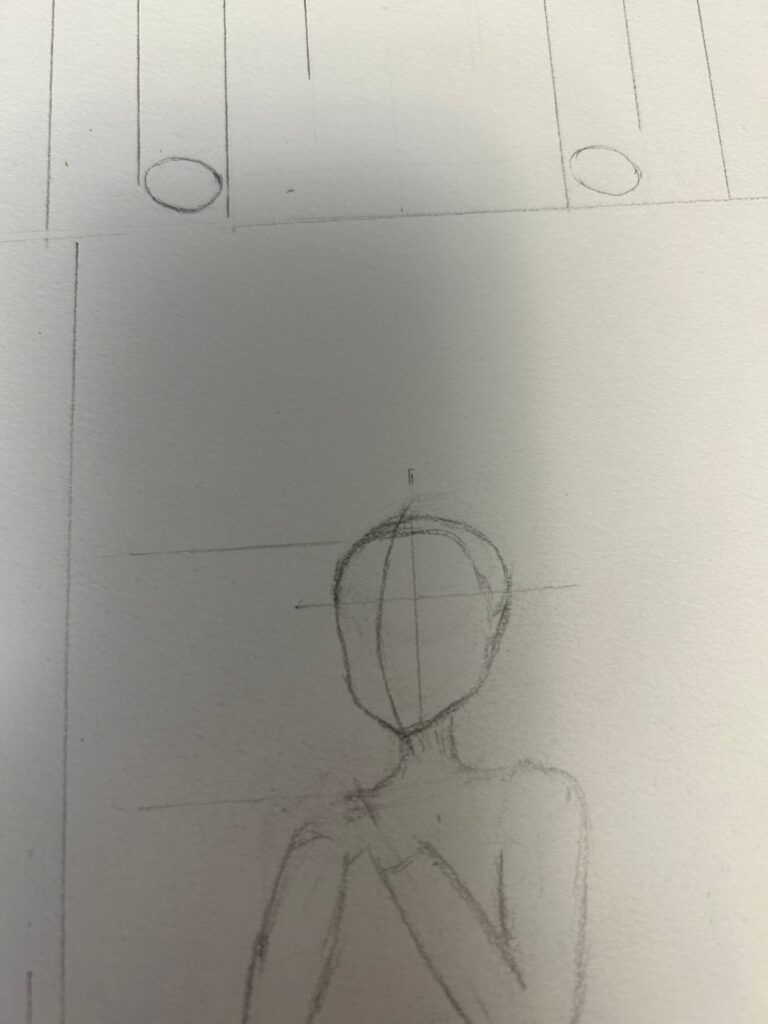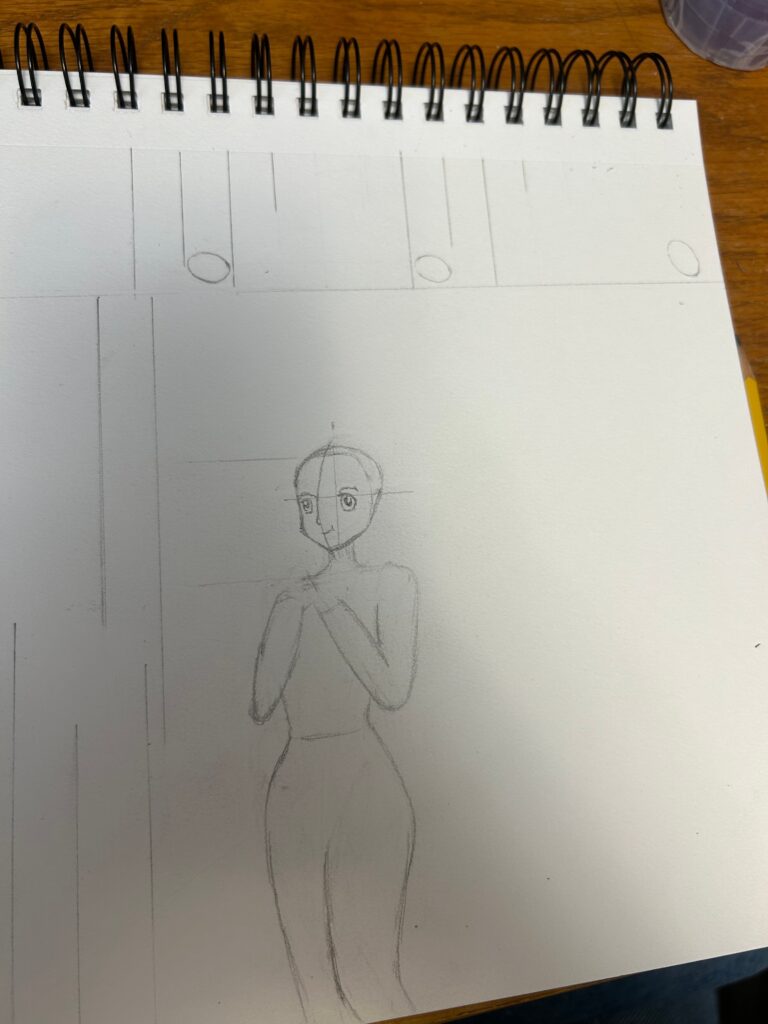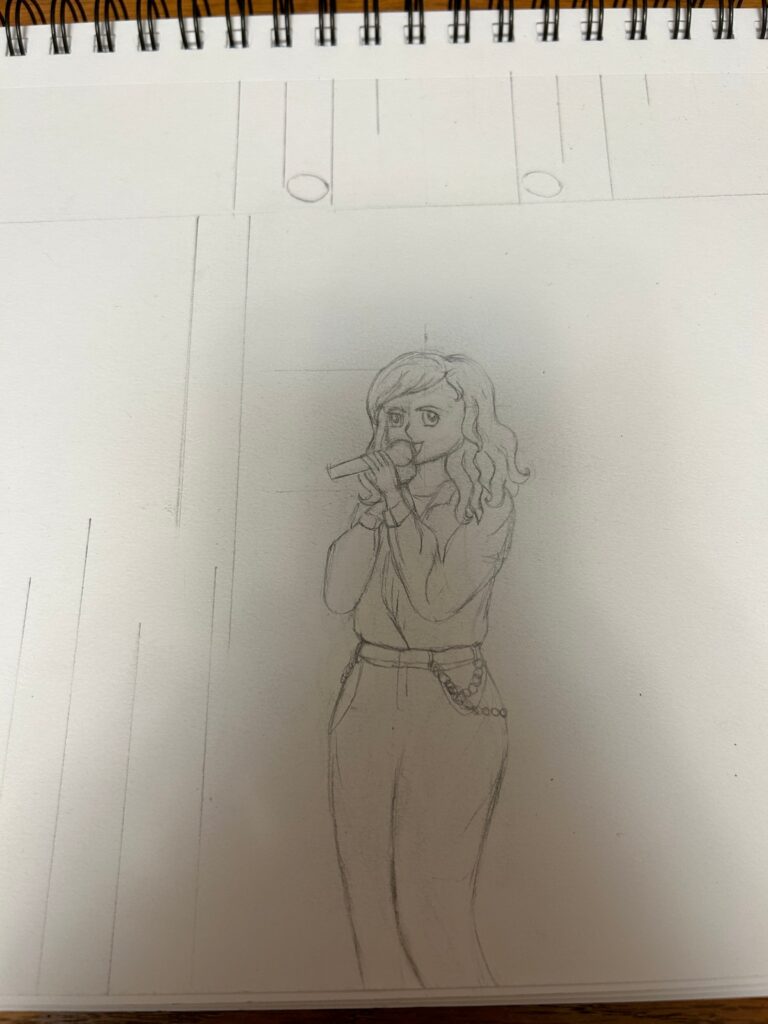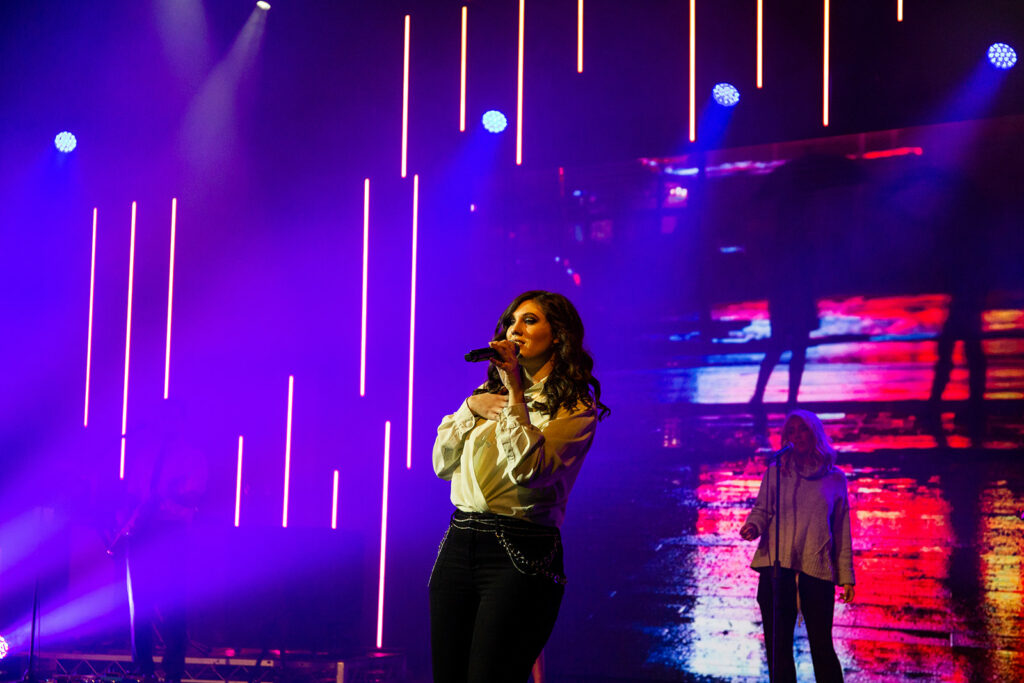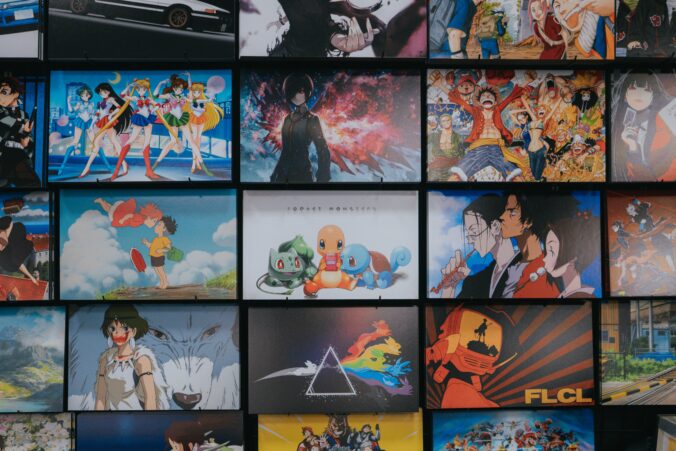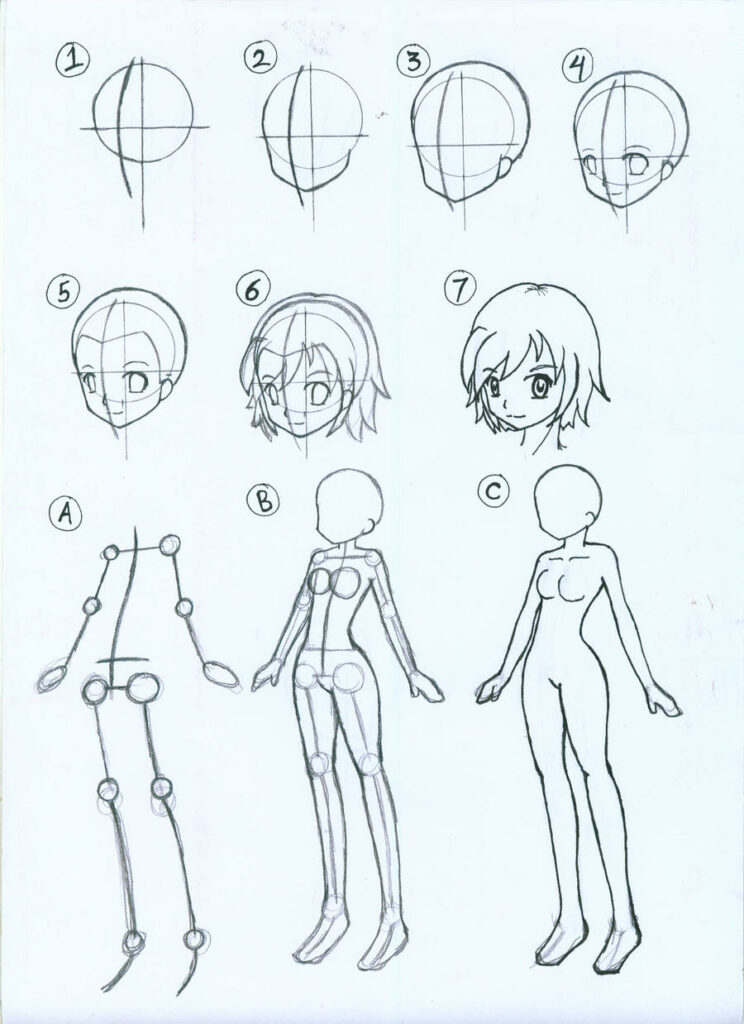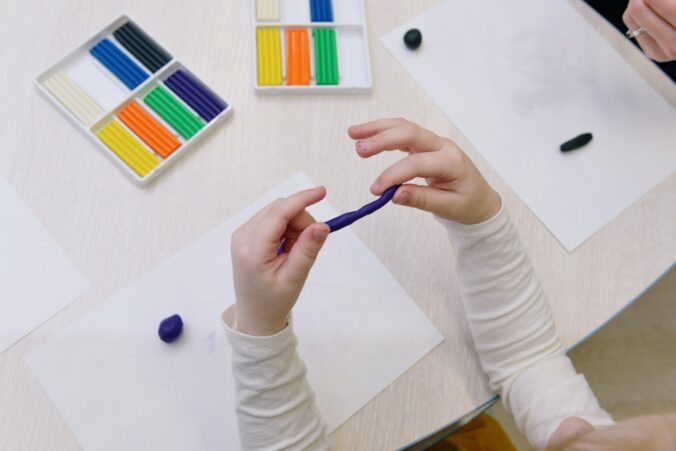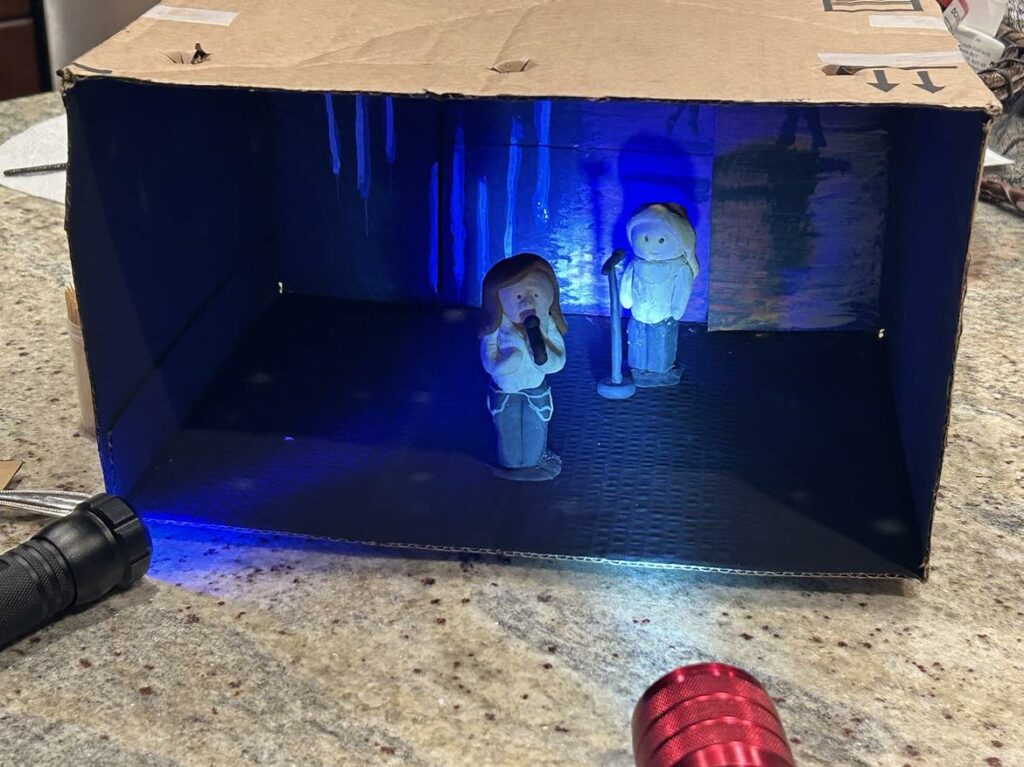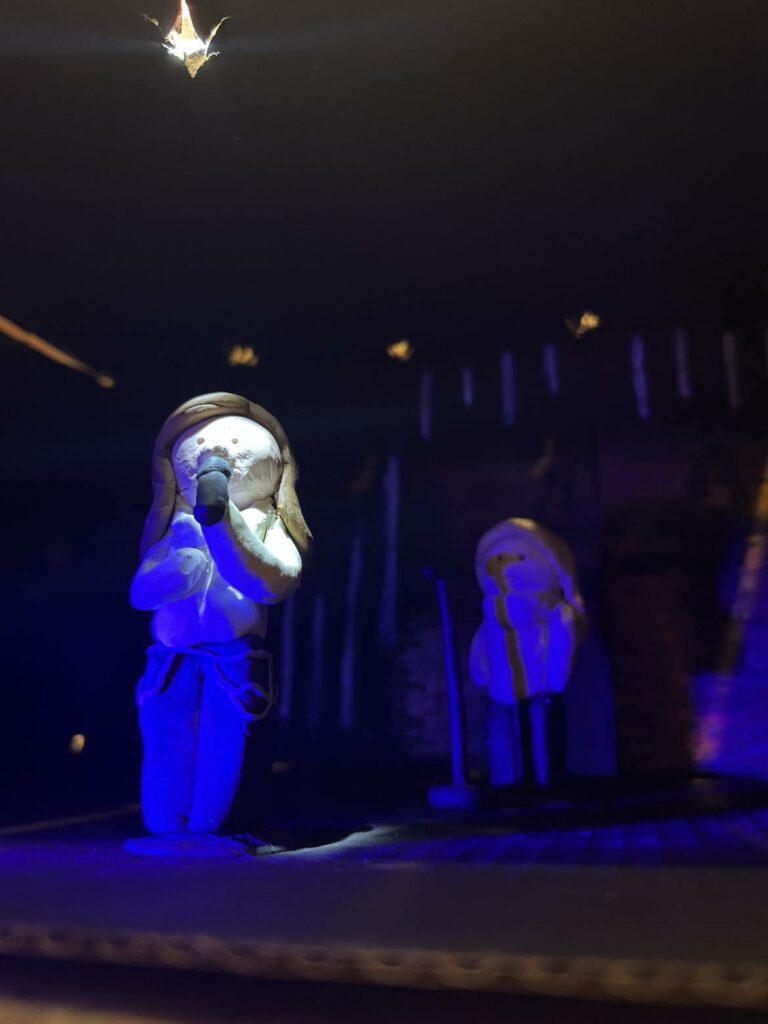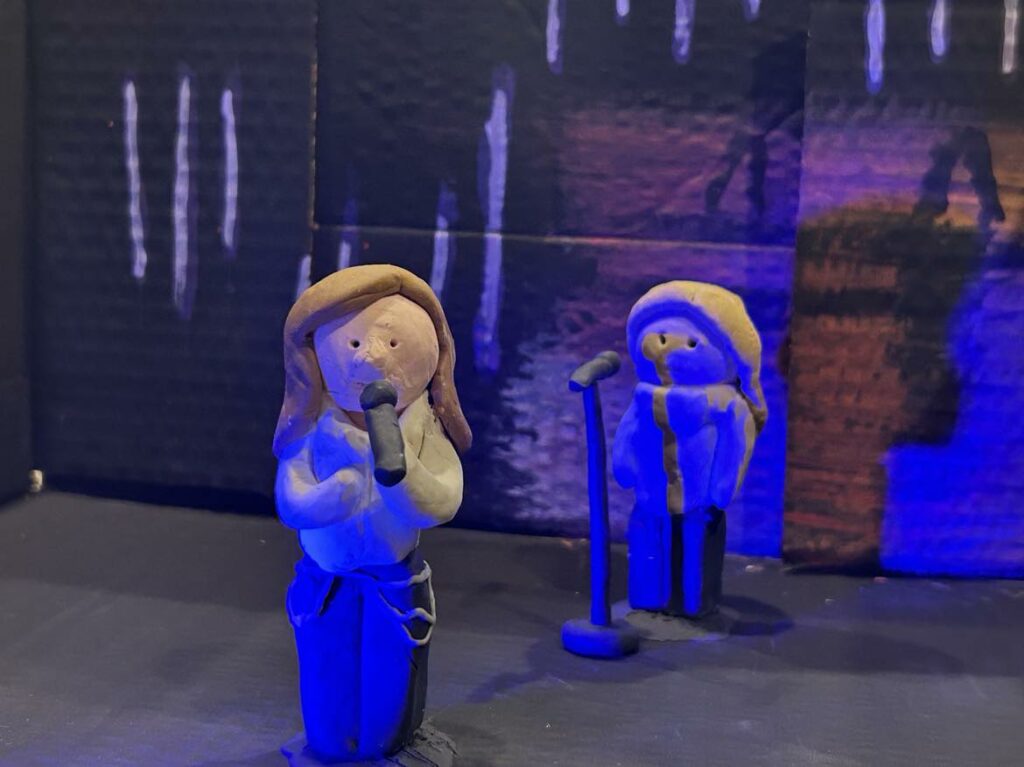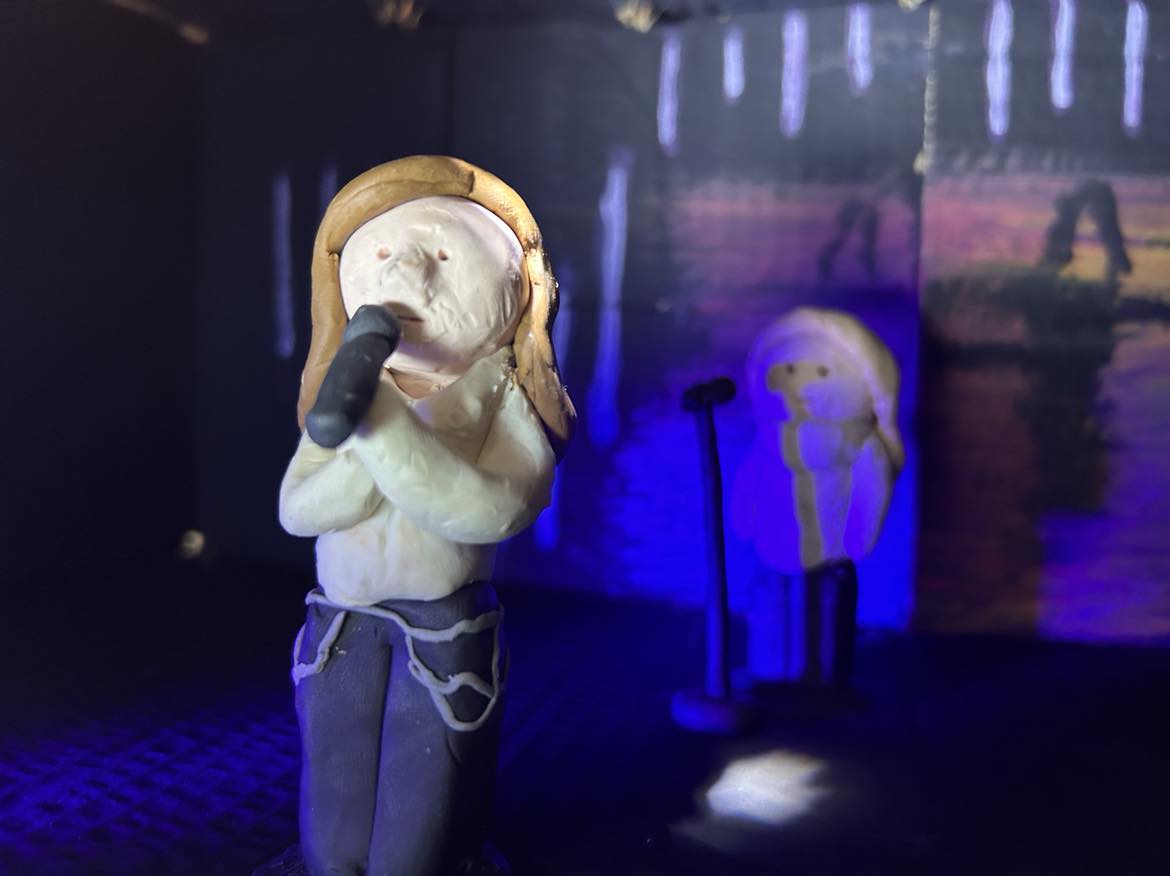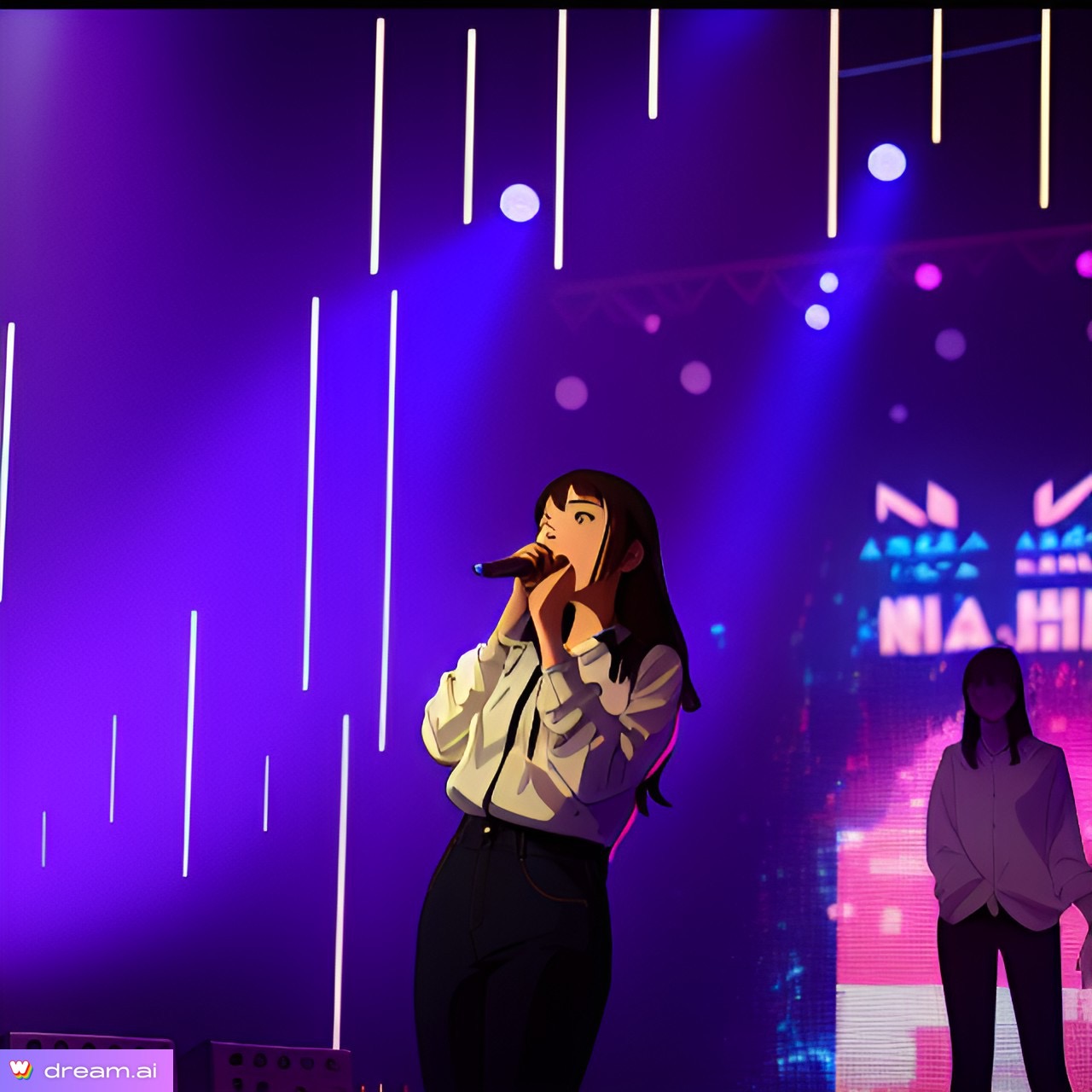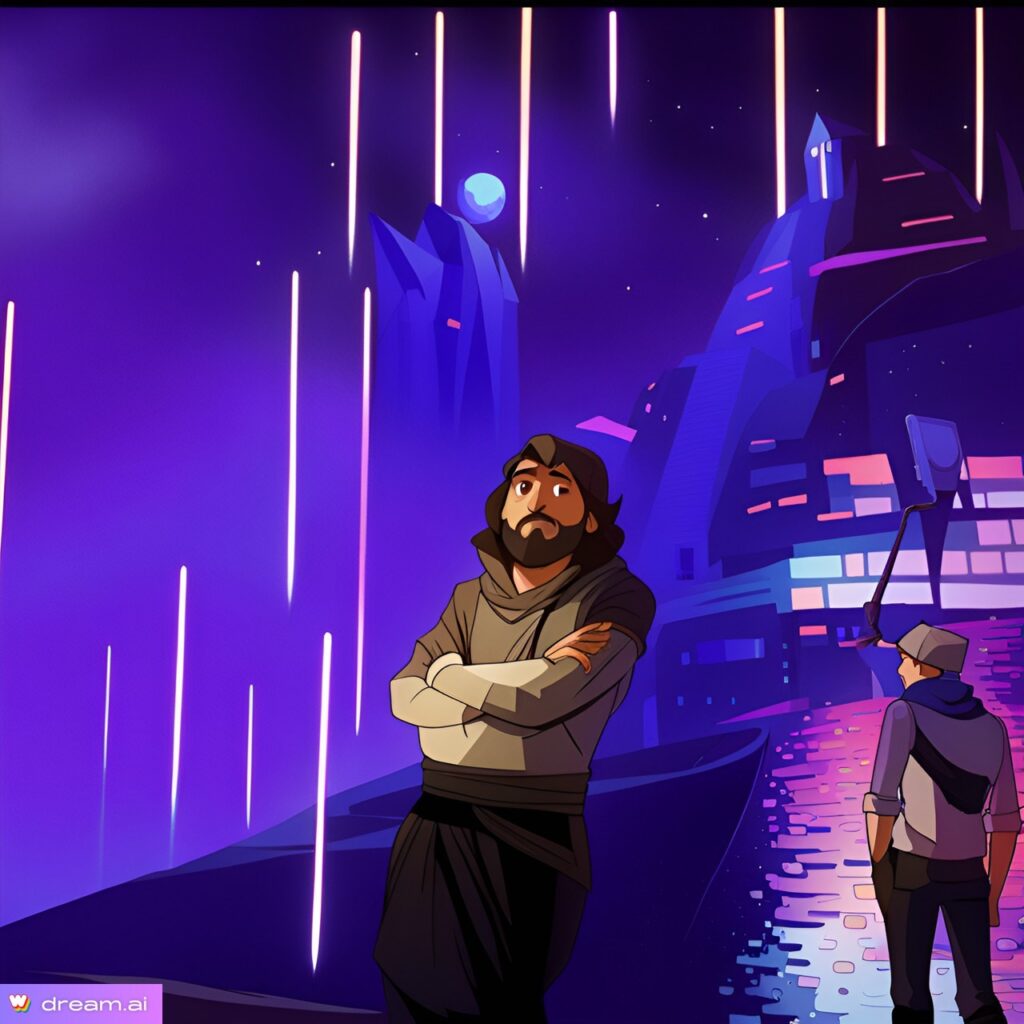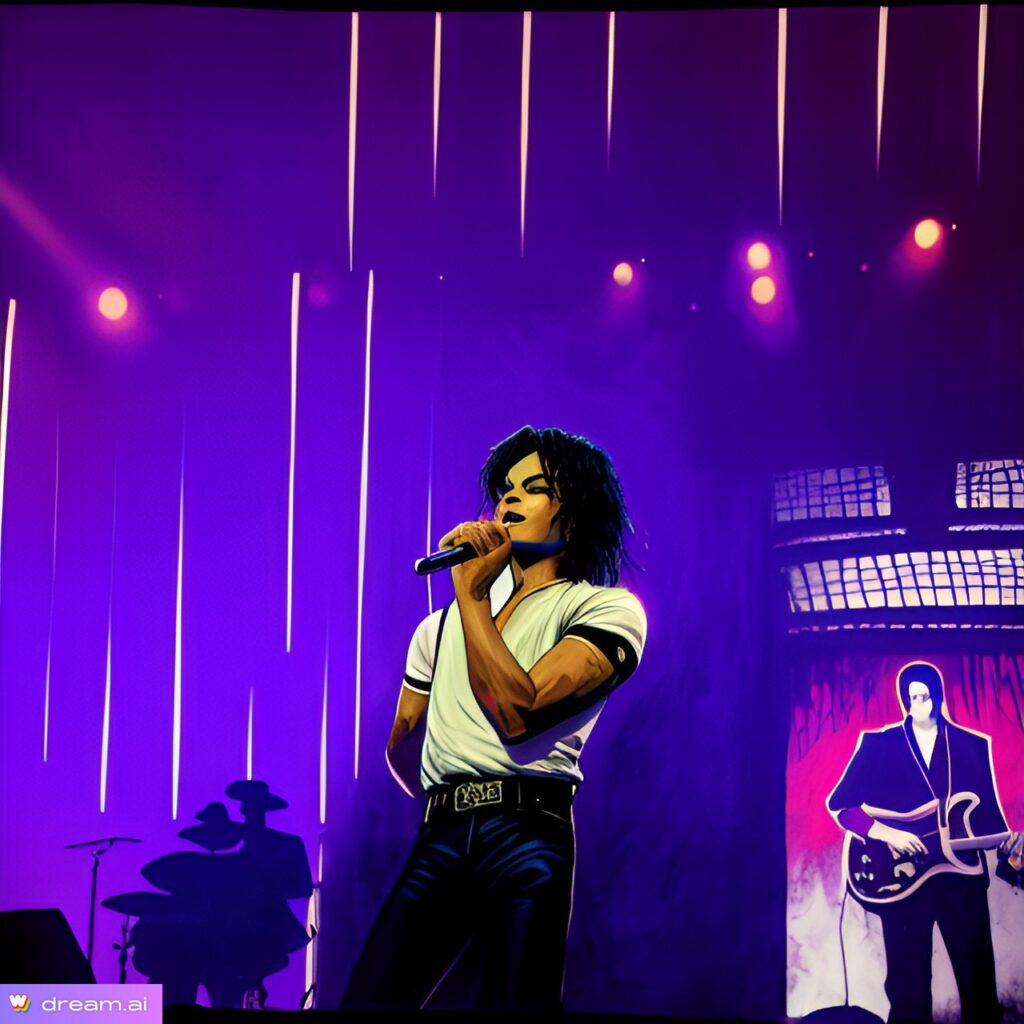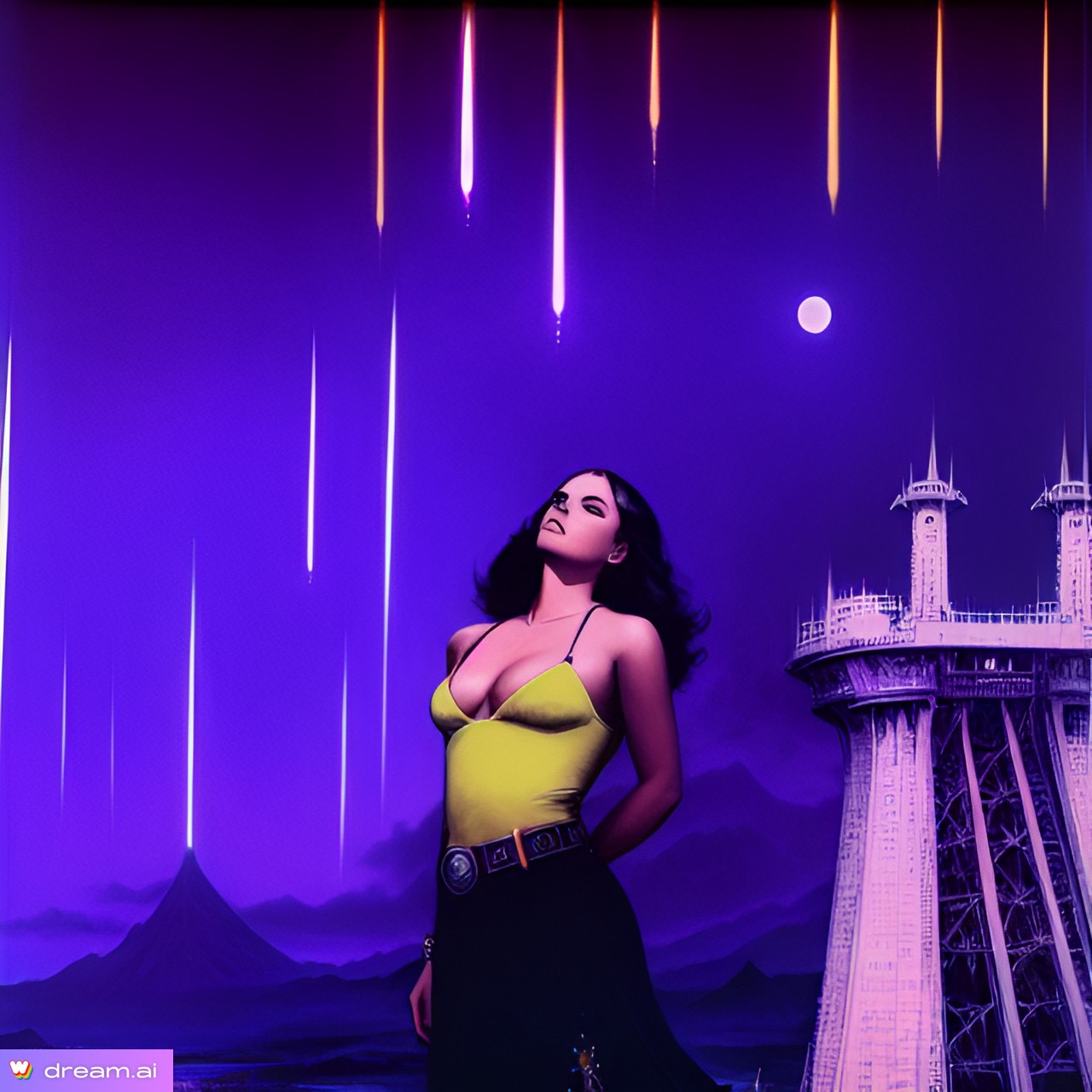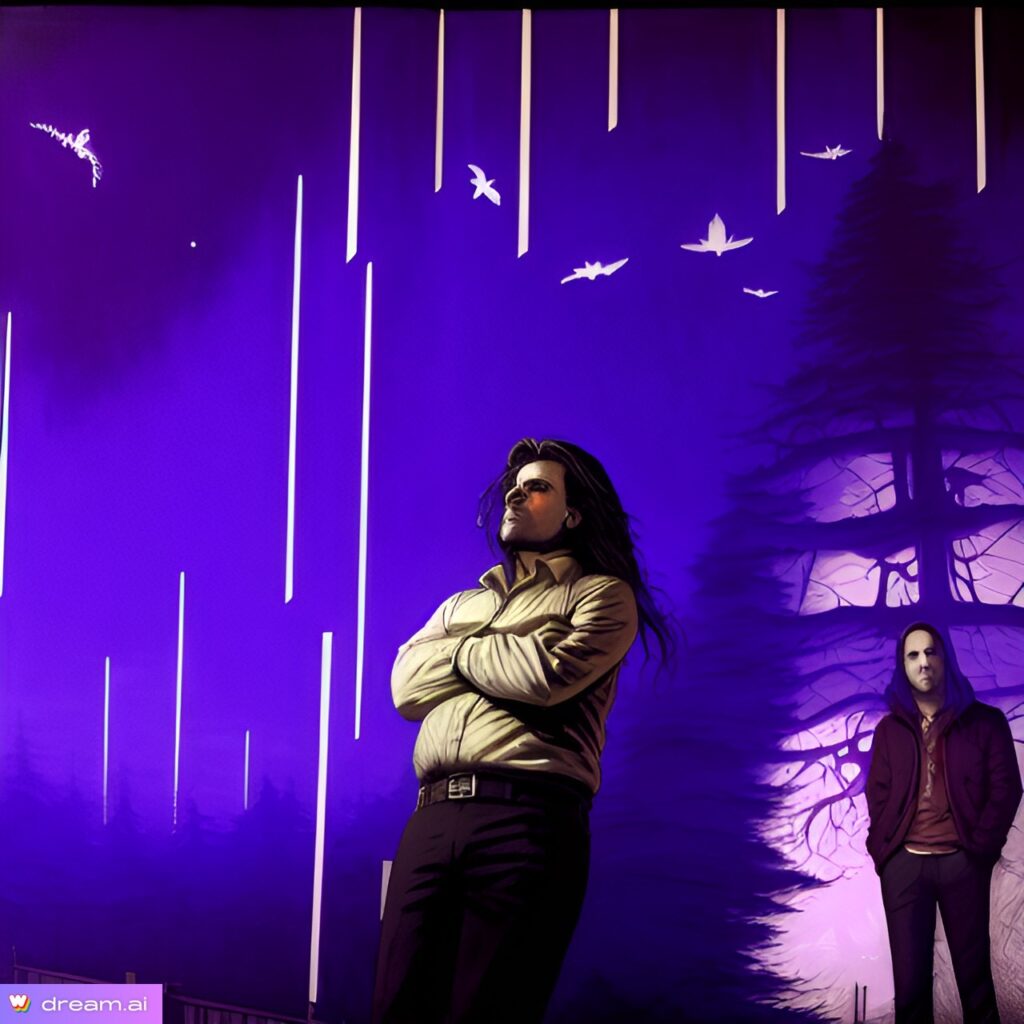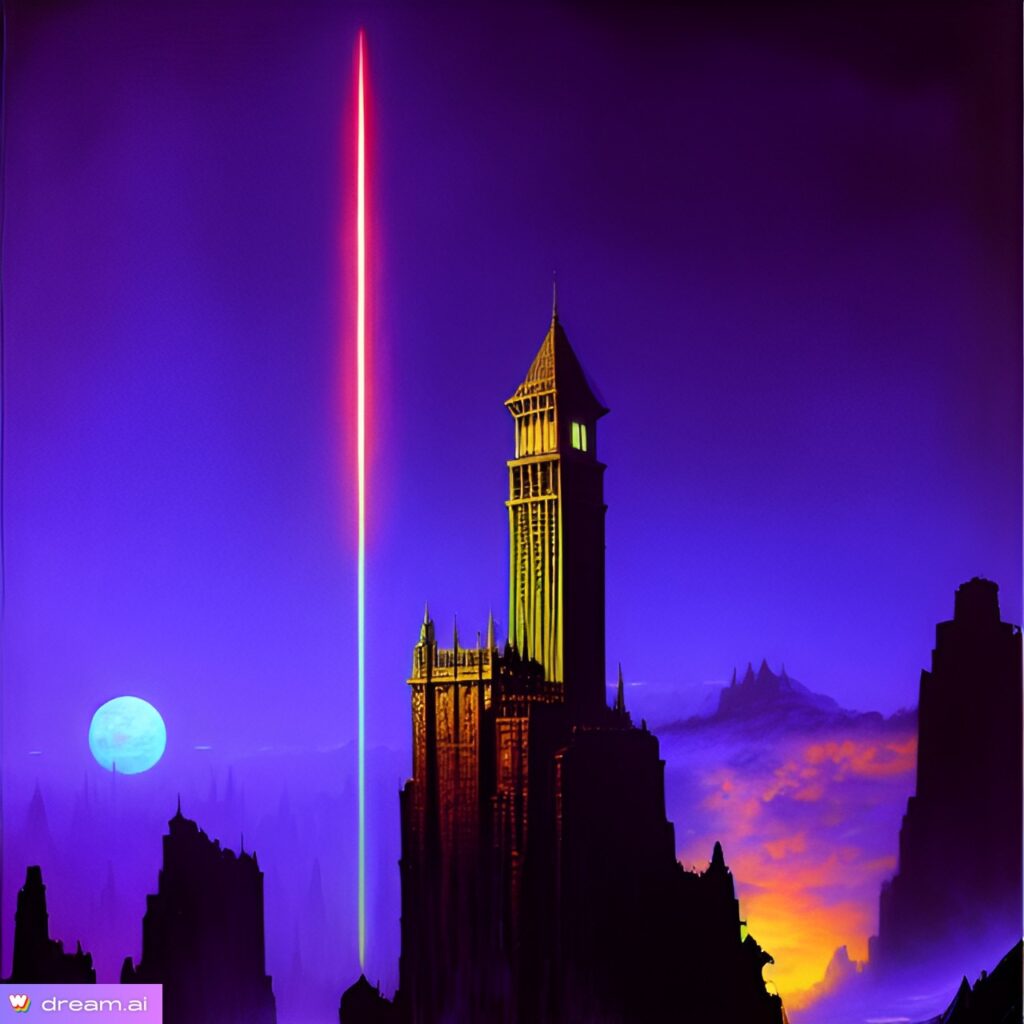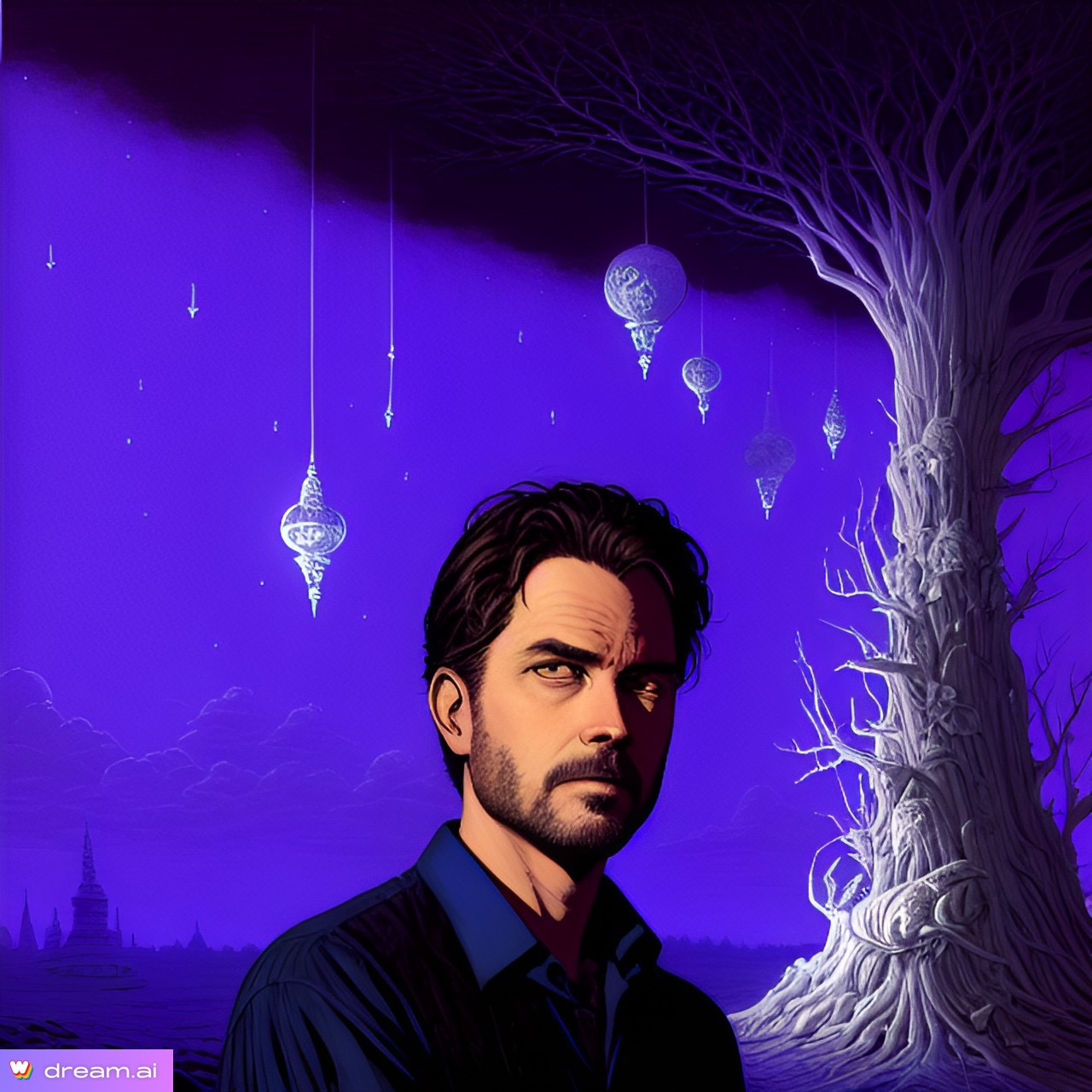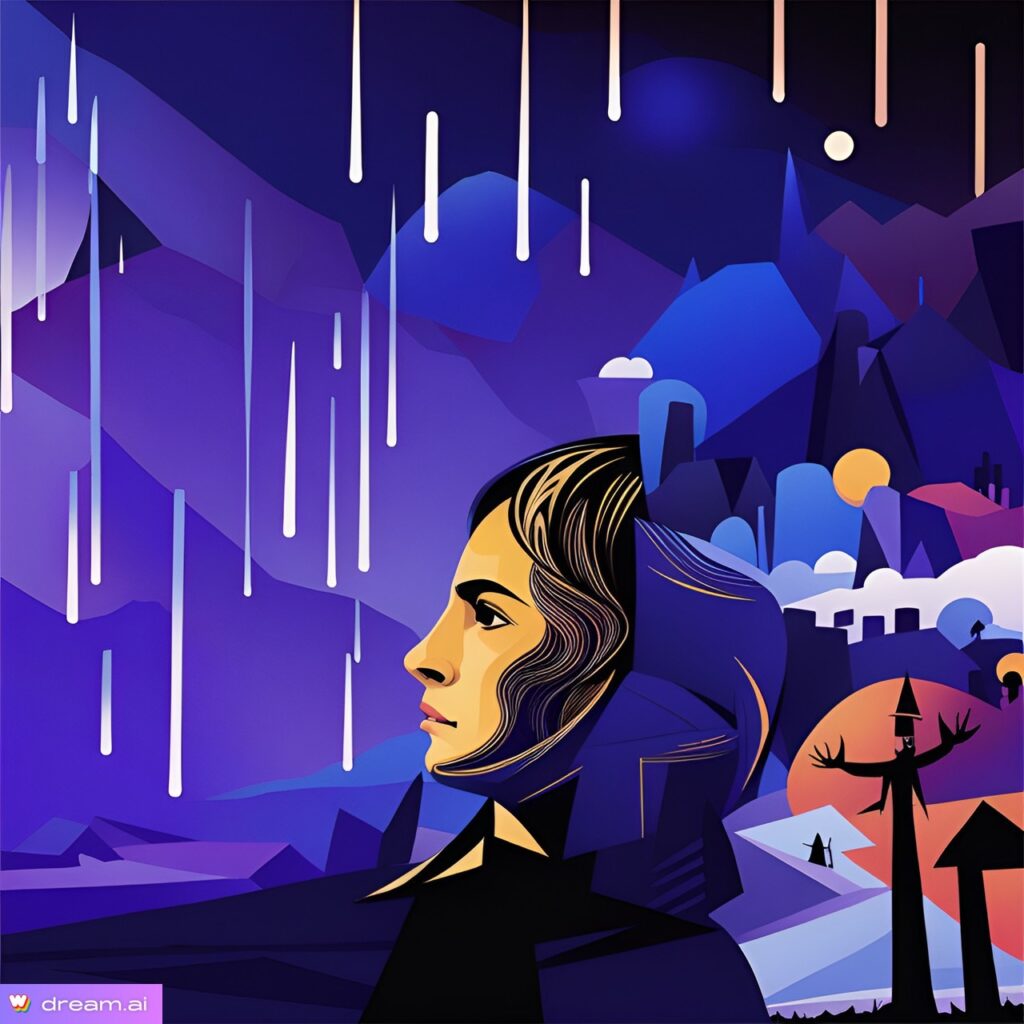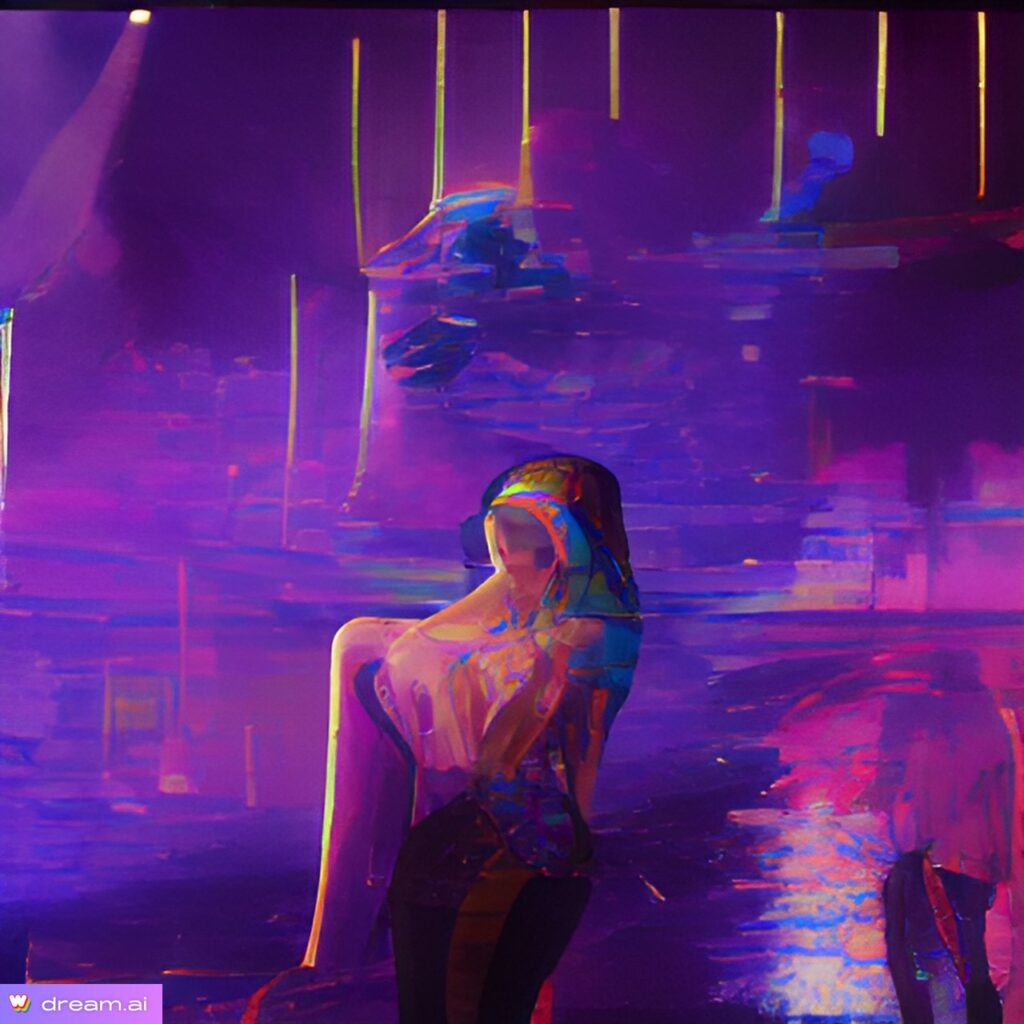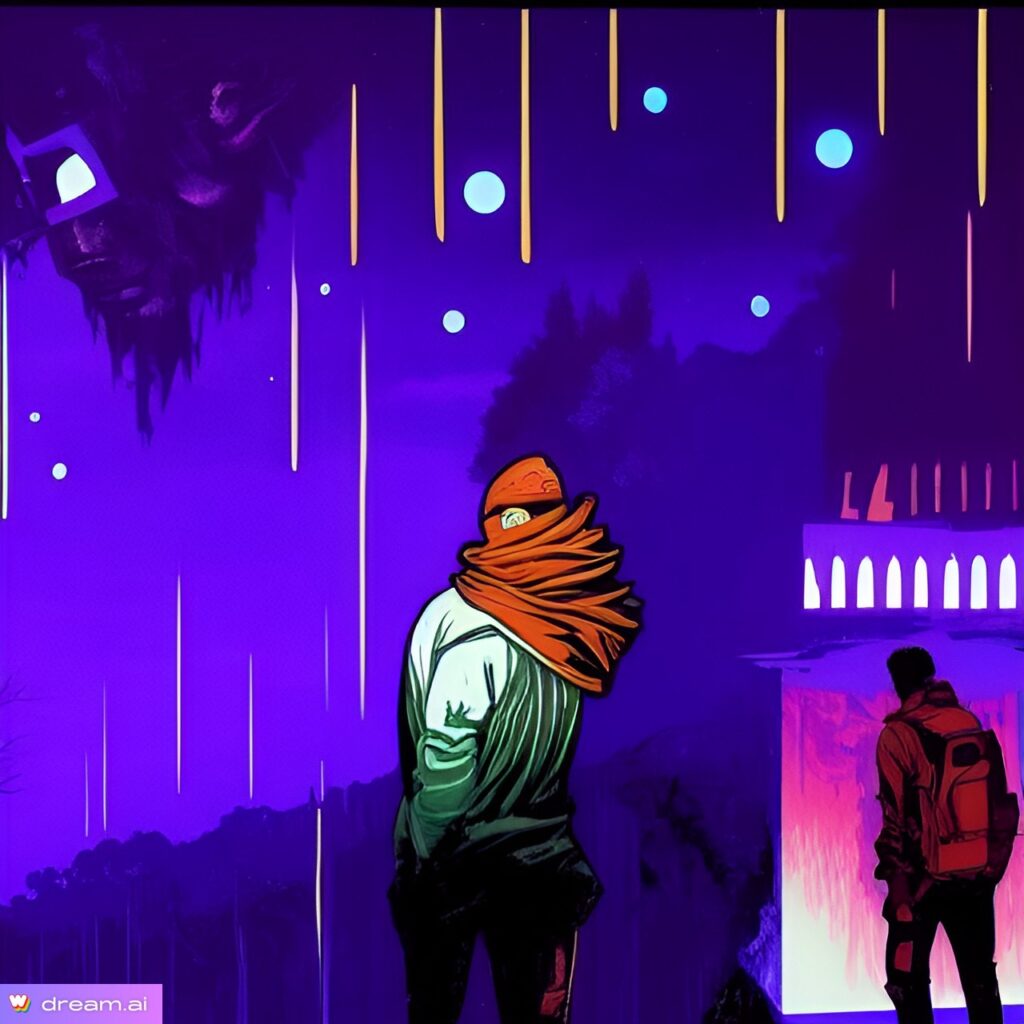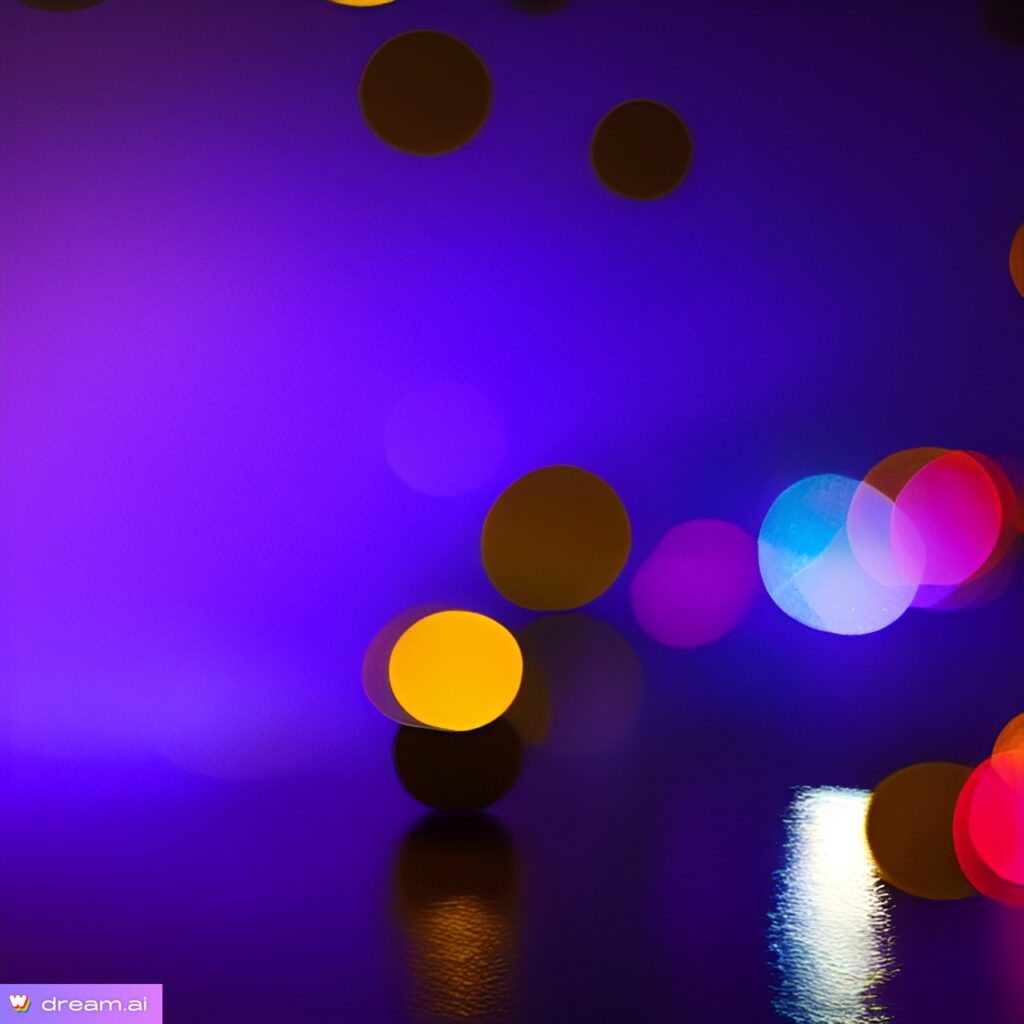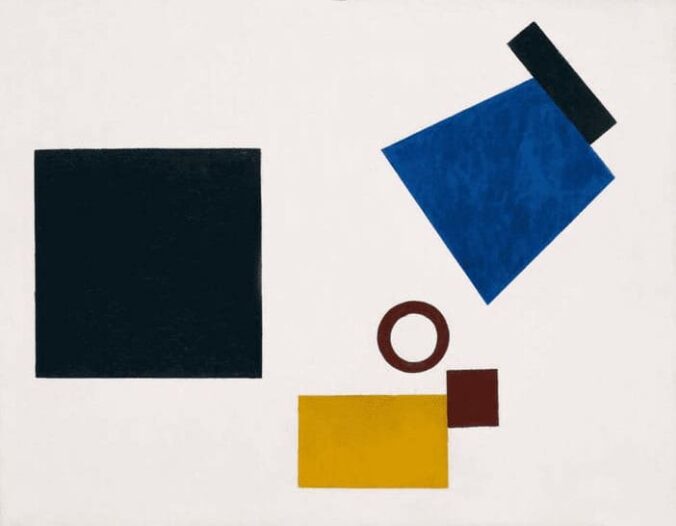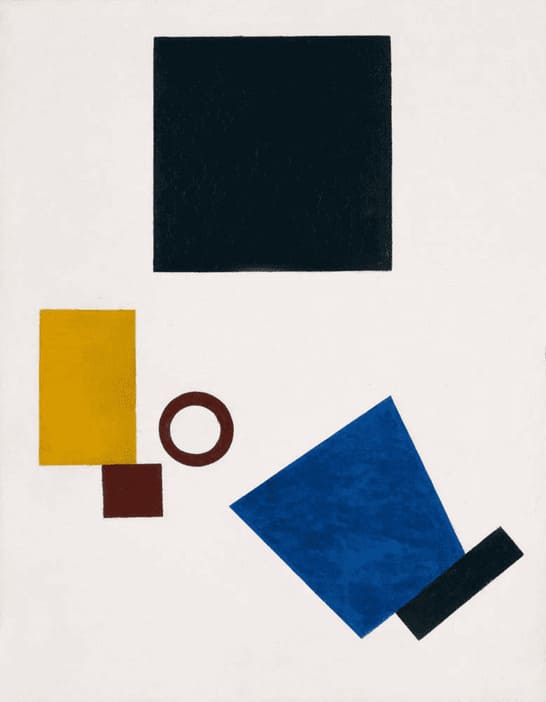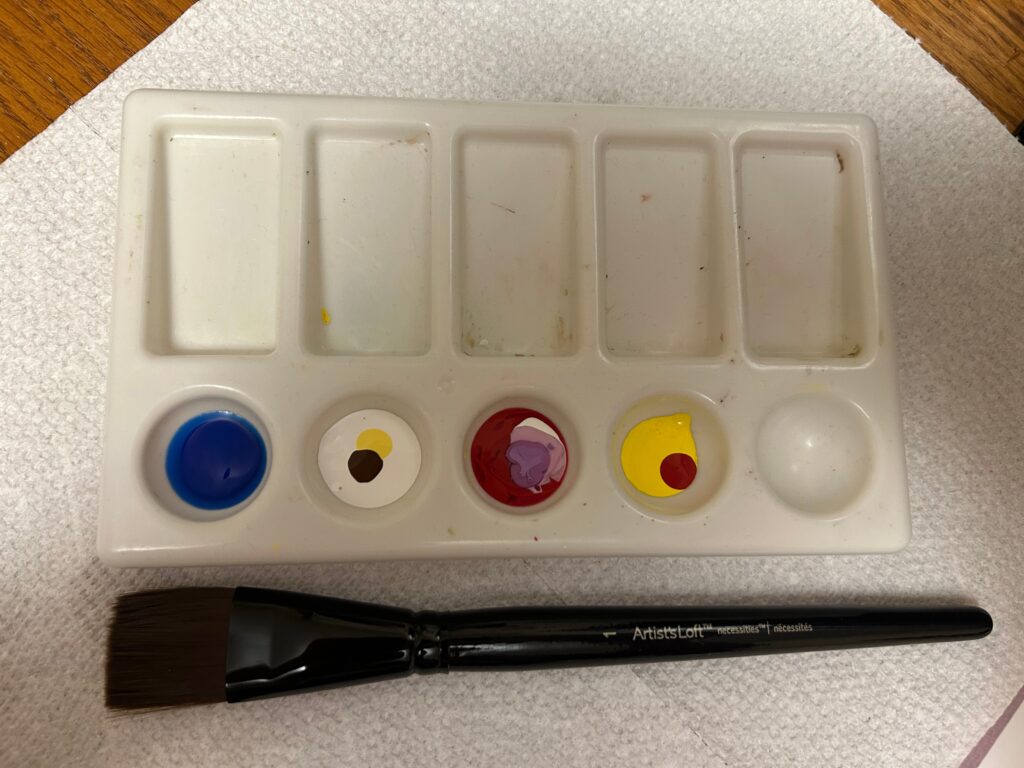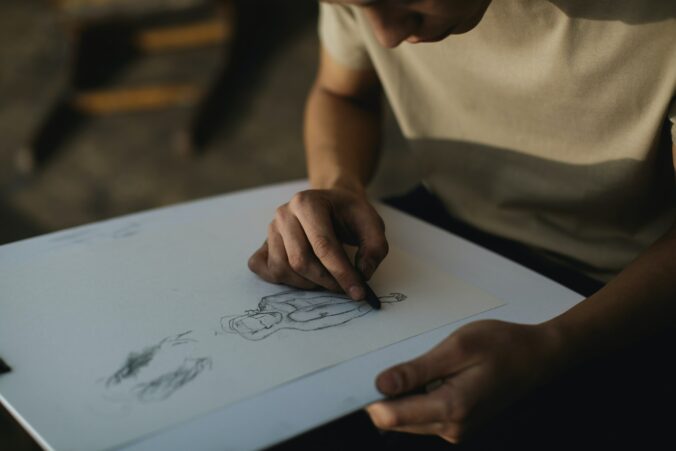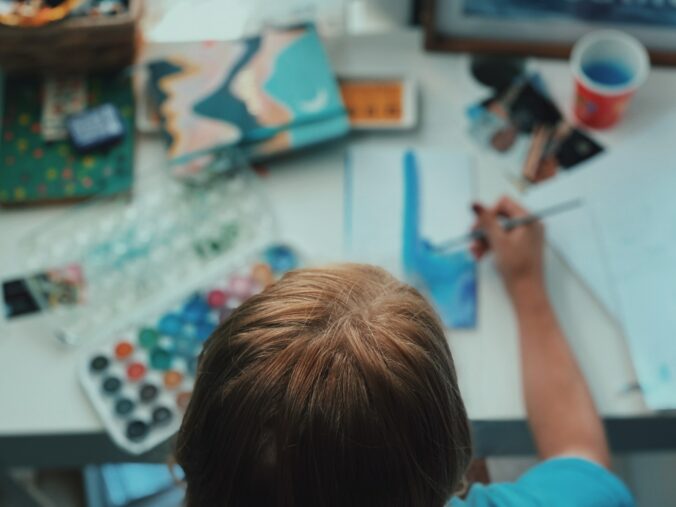As I said before, I wanted to end on a high note, doing something fun! So, here we are, with my “totally objective and not at all biased or arbitrary ranking of all my re-creations.” I have given a classic, easy to follow numbered list with an explanation of why I ranked each week where I did, and then a ranking out of 10 for the categories of Fun, Frustration, and Creativity. Take these with a grain of salt as some of them don’t make that much sense when you’re not in my mind. So without further ado. In last place we have…
7. Digital Art – Realistically, this should be much higher because I think digital art is so cool. However, because I didn’t do anything to create the image I’m putting it at the bottom. It’s also going here because I’m just jealous, actually, this is probably the real reason. I want to use procreate and do things like this because it looks really fun and over the last month my friend who did the re-creation has only been getting more and more into it. But I don’t have an iPad, and I can’t really afford one. So, due to jealousy alone, this gets the bottom spot.
Fun: -10/10 (I didnt get to have the fun) Frustration: 0/10 Creativity: 7/10

6. Suprematism (Abstract Art) – I think I just spent way to long researching this one, and then I spent very little time actually doing the art piece so It’s going pretty far down for that reason alone.
Fun: 5/10 Frustration: 6/10 Creativity: 9/10
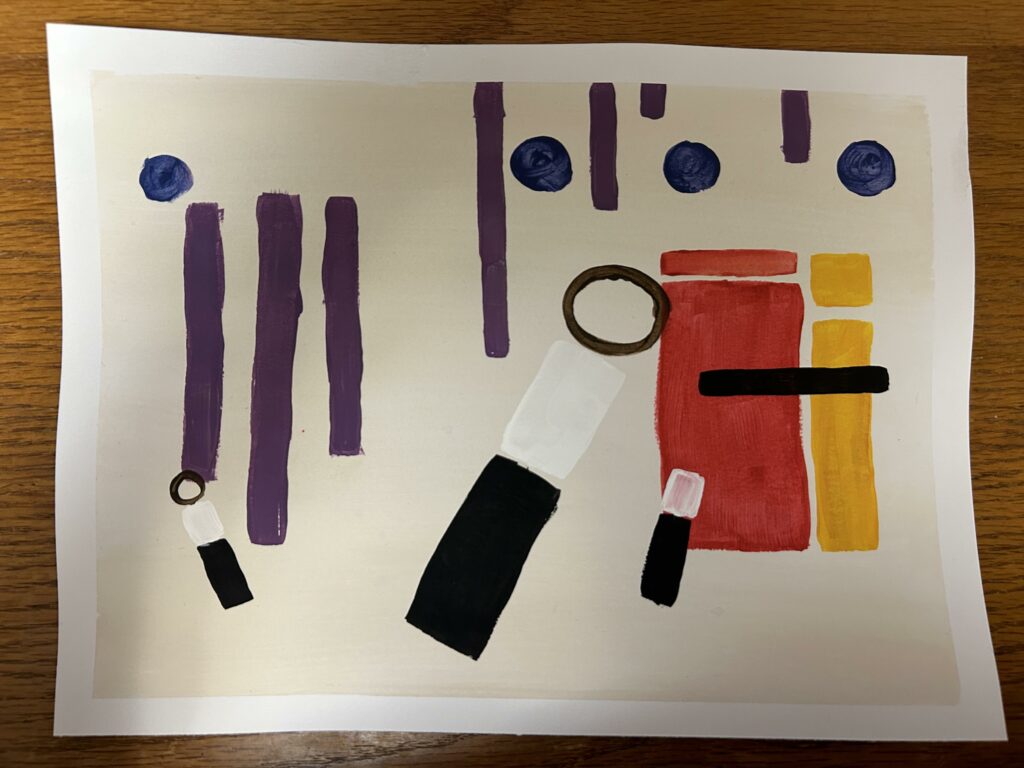
5. Sketch – This just took a long time and the result wasn’t that great. It was my first attempt at re-creation I really didn’t know what I as doing yet. Really set the bar low, which was great, but I wish it was a litter better or more interesting. However, because I have never really tried to do anything like this before, I had very little expectations.
Fun: 6/10 Frustration: 7/10 Creativity: 6/10

4. Photography – I didn’t really do much for this one outside of show the images that I had already posted. I did originally actually intend to recreate the photograph in a new setting but ran out of time. However, I do have a lot of emotions connected to photographs and nostalgia towards these in particular. Realistically, this should be lower on the list, but oh well, it’s my list.
Fun: 10/10 Frustration 2/10 Creativity 1/10 (I did not do the thing I wanted to)

3. Anime – I had a lot of challenges with this one strictly due to the materials I used and I think it would be great to try again because this was a lot of fun and its an art style that I really enjoy. I can see the potential for myself to go back to this and work to do it better. Had everything gone right with materials, I think this could have been my number one.
Fun: 9/10 Frustration 8/10 Creativity 7/10

2. AI – I could have spent hours just playing with AI art. I think its so interesting and it created so many more images than what I showed in my post, and I could have easily done even more. I had a great time with this one, it was a lot of fun… honestly, too much fun. Should I be worried about the future of AI? (I’ve got a few other posts about this if you’d like to check them out)
Fun: 11/10 Frustration: 0/10 Creativity: 10/10 (However is it really, if its AI?)
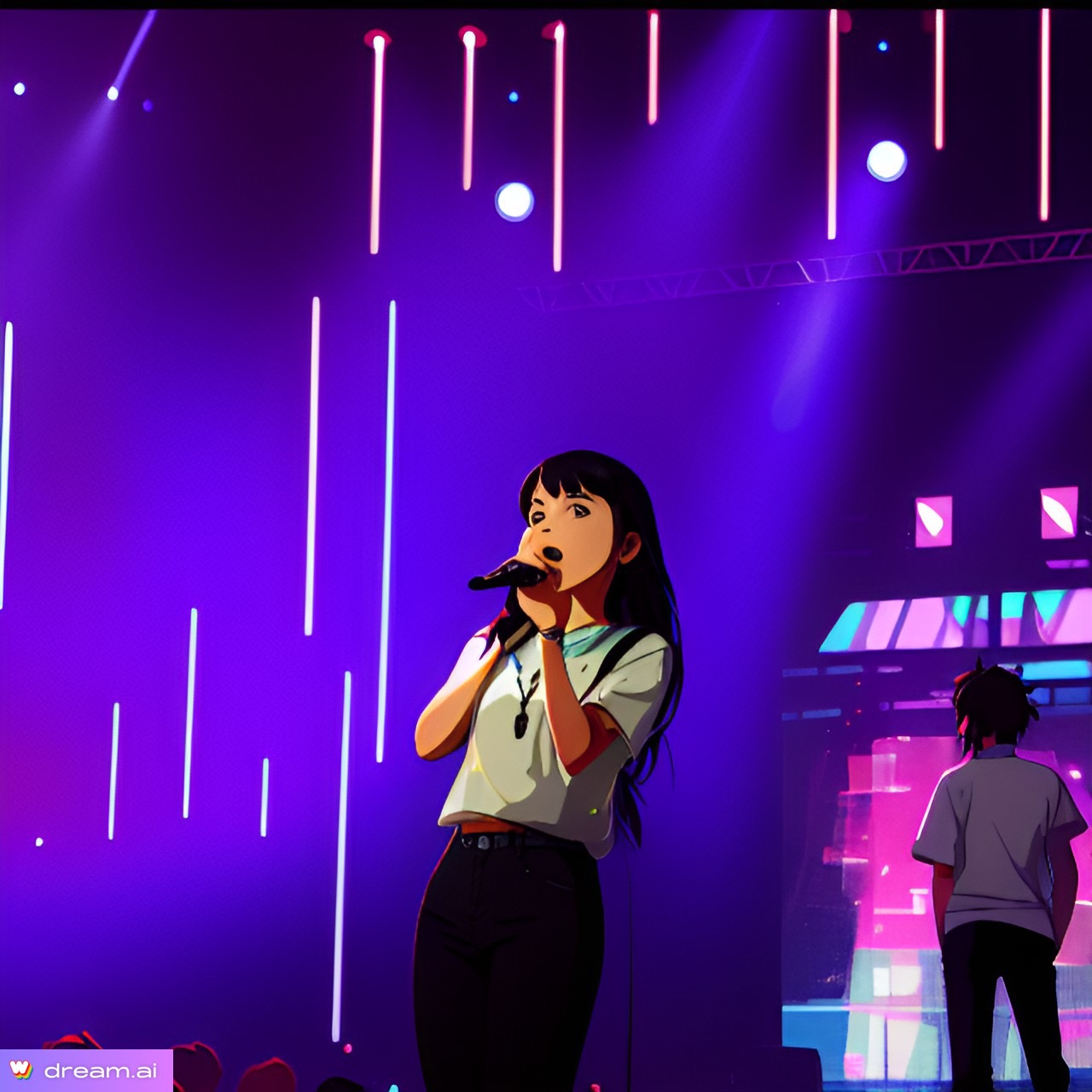

And the number one spot goes to…….
1. Clay Models – As I mentioned in the previous post, the clay model was simply the most fun thing to actually do, and also the most proud I was of myself through this process. Unlike with the AI creation, I had to actually use my hands, and work to develop my own skills, rather than just press a button and say “omg this is so cool I cant believe my computer made this!!!” I felt accomplished, and also impressed with how it all came together.
Fun: 100/10 Frustration: 5/10 Creativity: 10/10
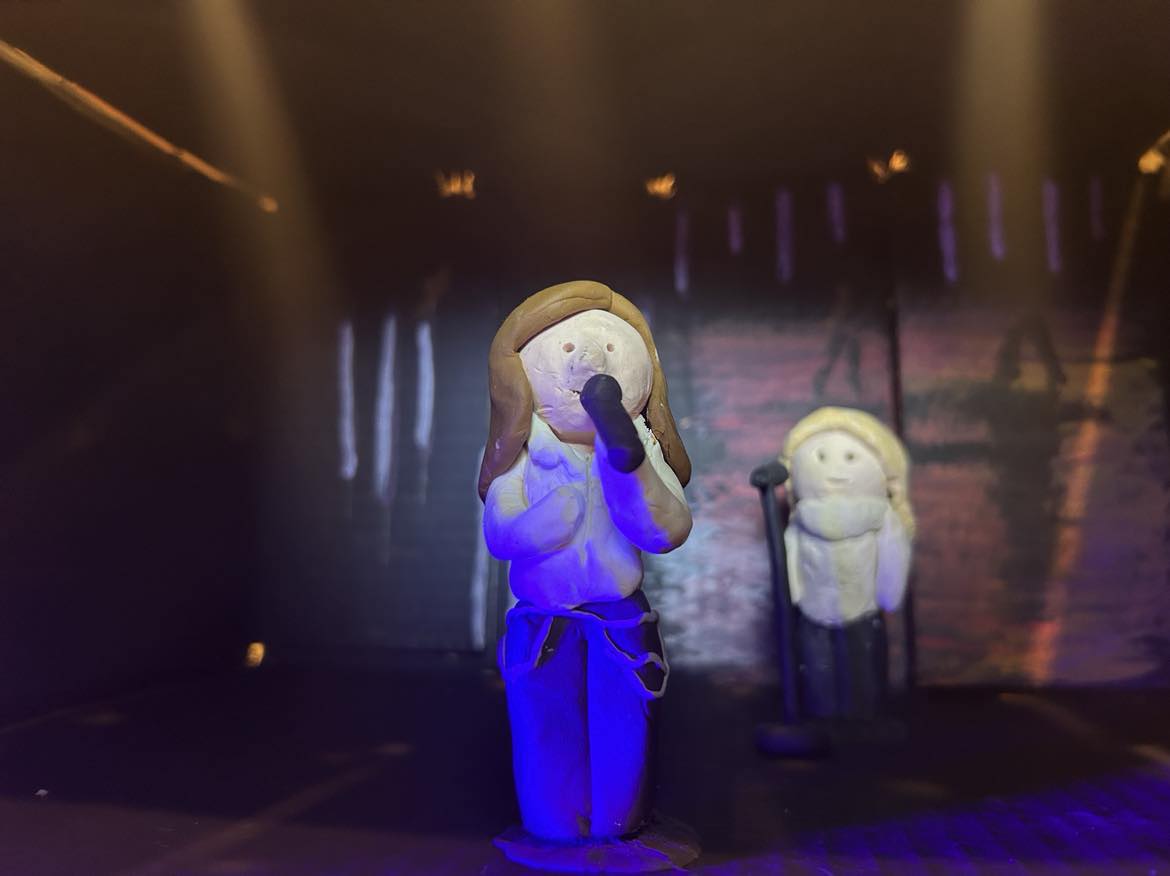
Thanks for sticking around till the end. It’s been fun.
– Jess

